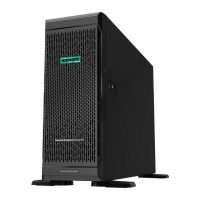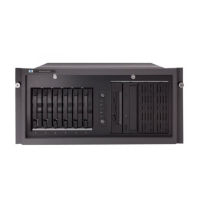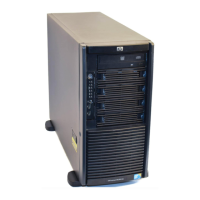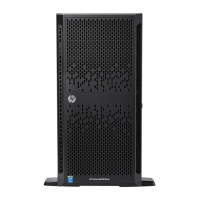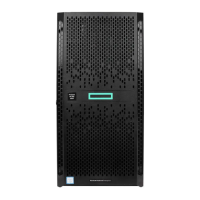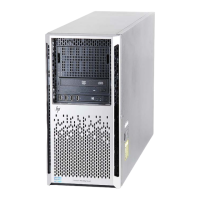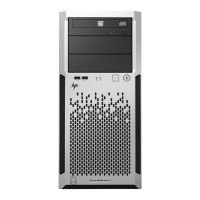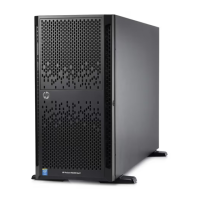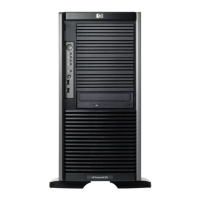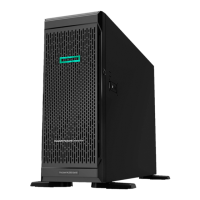Component identification 12
Item Description
21
Slot 9 PCIe3 x8 (4, 1)
22
Slot 8 PCIe3 x16 ( 16, 8, 4, 1)
23
Slot 7 PCIe3 x8 (4, 1)
24
Slot 6 PCIe3 x16 (16, 8, 4, 1)
25
Slot 5 PCIe2 x8 (4, 1)
26
Processor 1 DIMM slots
27
Processor socket 1 (populated)
System maintenance switch
The system maintenance switch (SW2) is a twelve-position switch that is used for system configuration.
Position Description Function
S1
iLO security Off = iLO security enabled.
On = iLO security disabled.
S2
Configuration
lock
Off = Able to change system
configuration.
On = System configuration locked.
S5
Password
protection
override
Off = Password is enabled
On = Password is disabled
S6
Invalidate
configuration
Off = No function
On = ROM treats the system
configuration as invalid.
S3, S4, S7,
S8, S9, S10,
S11, S12
Reserved Reserved
When the system maintenance switch position 6 is set to the On position, the system is prepared to erase all
system configuration settings from both CMOS and NVRAM.
CAUTION: Clearing CMOS and/or NVRAM deletes configuration information. Be sure to
properly configure the server or data loss could occur.
NMI header
The NMI header enables administrators to perform a memory dump before performing a hard reset. Crash
dump analysis is an essential part of eliminating potential reliability issues, such as hangs or crashes in
operating systems, device drivers, and applications. Many crashes can freeze a system, requiring you to
perform a hard reset. Resetting the system erases any information that supports root cause analysis.
Systems running Microsoft® Windows® experience a blue-screen trap when the OS crashes. When this
happens, Microsoft® recommends that system administrators perform an NMI event by temporarily shorting
the NMI header with a jumper. The NMI event enables a hung system to become responsive again.
For additional information, see the HP website
(http://h20000.www2.hp.com/bc/docs/support/SupportManual/c00797875/c00797875.pdf).
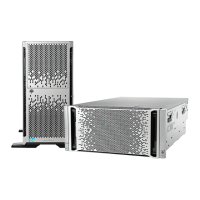
